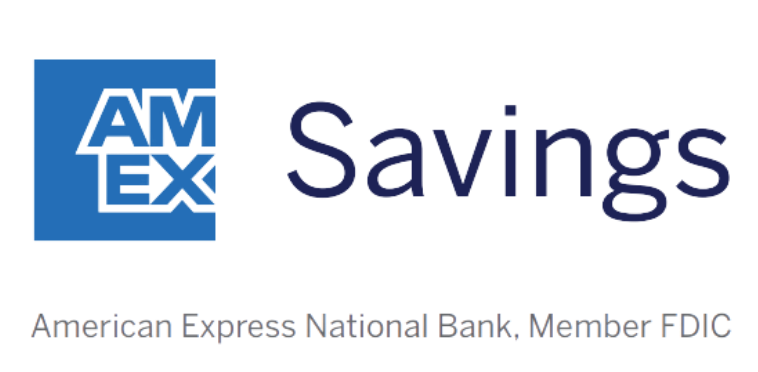The Federal Reserve had been talking about cutting interest rates since the start of 2024. On Sept. 18, it finally took action. The central bank lowered its benchmark interest rate by half a percentage point, marking a fairly aggressive first rate cut in what’s likely to be a series of many.
You may or may not have noticed that the interest rate your savings account is paying you is already lower. And if it’s not lower already, it will probably fall a bit soon enough. So it’s important to assess your savings balance and make sure you don’t have too much money sitting in the bank.
The problem with interest rate cuts
The Fed’s interest rate cuts have the potential to be great news for consumers. When the Fed lowers the federal funds rate, borrowing rates tend to fall, making mortgages, home equity loans, personal loans, and auto loans less expensive to sign.
The flipside, though, is that falling interest rates lead to lower savings account and CD rates. So while borrowers gain, people with money in the bank lose out.
Our Picks for the Best High-Yield Savings Accounts of 2024
|
Capital One 360 Performance Savings 
APY 4.25%
|
APY 4.25%
|
Min. to earn $0 |
|
Discover® Online Savings 
|
Min. to earn $0 |
|
|
American Express® High Yield Savings 
APY 4.25%
|
APY 4.25%
|
Min. to earn $0 |
That’s why now’s a good time to evaluate your savings account and see if there’s too much money in it. It’s one thing to park a little extra cash in a savings account when you can earn 4.50%, or somewhere in that vicinity, on your money. It’s another thing to keep extra money in savings when interest rates are on the decline — especially since you can earn a higher return elsewhere.
Seeing as how 37% of Americans don’t have enough savings to cover an unplanned $400 expense, per the Federal Reserve, a lot of people don’t have the problem of having too much money in cash. But if you’re in the opposite boat and have a pretty large savings account balance, you may want to move some of that money out now that rates are falling.
Of course, you always want to leave yourself with a three-month emergency fund at a minimum. That gives you cash reserves to tap for unplanned expenses or a period of unemployment.
But let’s say your savings account can cover four months of expenses and you’re comfortable with three months’ worth of expenses for emergency fund purposes. In that case, you may want to explore other accounts, like these two.
A CD
You might consider moving your remaining savings over to a CD so you can lock in a higher interest rate on your money before rates fall even more. A CD is a good option if you think you might want or need that money in a year or two, but you want a higher return until then.
A brokerage account
If you don’t expect to need your extra savings for many years, then investing it in a brokerage account is a great idea. Although some savings accounts are still paying APYs above 4.00%, that may not last very long. The stock market, on the other hand, has an average annual 10% return over the past 50 years, and that accounts for years when the market thrived and years when it did poorly.
If you have an extra $3,000 in savings you don’t expect to need anytime soon, investing it in a stock portfolio could grow it into about $32,500 if your portfolio gives you that same 10% return and you leave that money alone for 25 years. Even if a savings account pays you 4% on that $5,000 over 25 years, that only brings your balance to about $8,000.
There’s no need to panic that savings account rates are going to plunge following the Fed’s recent decision. Though they’re likely to fall from where they are today, that decline should be gradual. But as the Fed continues cutting rates, savings accounts are apt to start paying less and less.
So now’s a good time to come up with a better plan for your cash if you have extra money sitting in savings.
